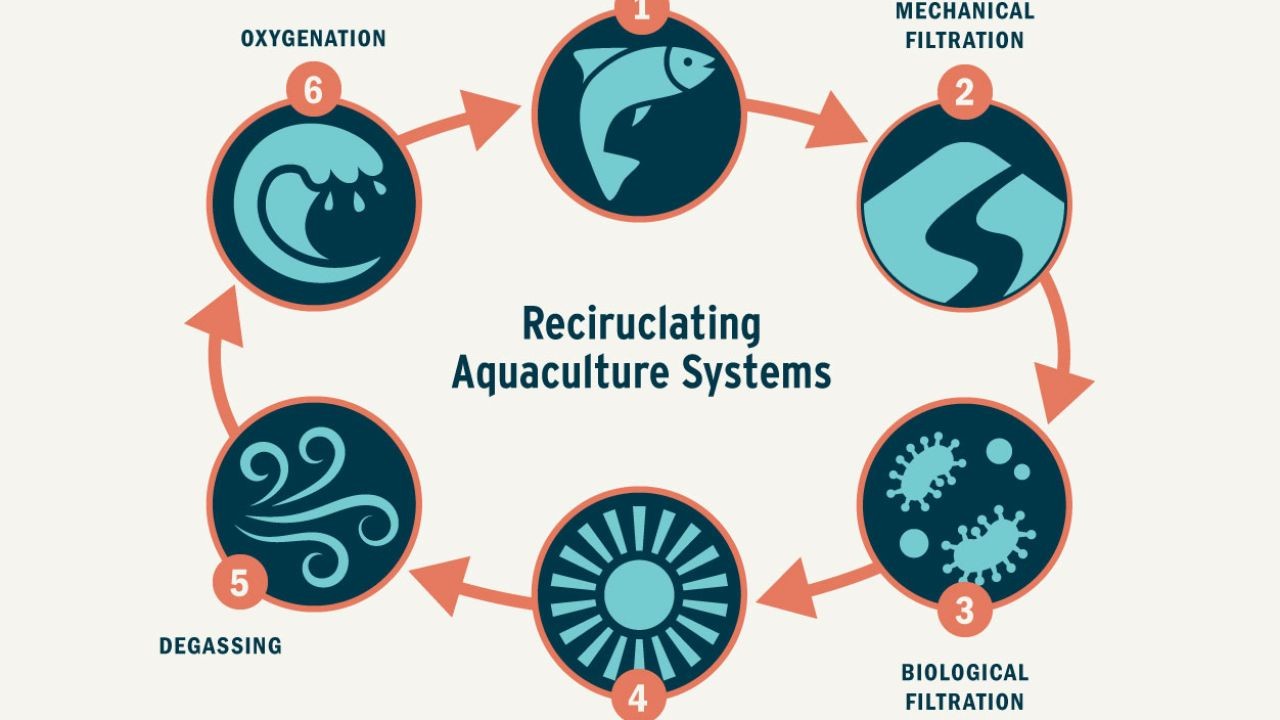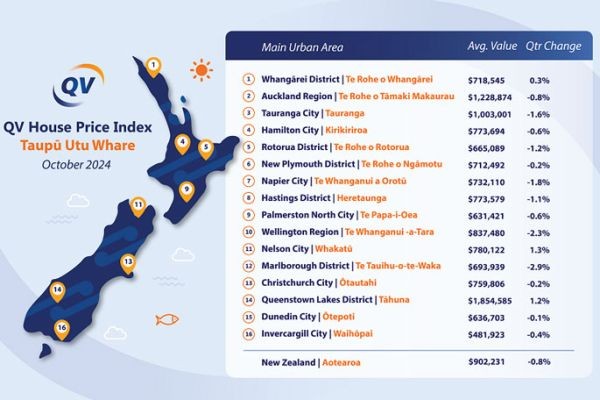Australia's picturesque landscapes and vibrant cities make it an attractive destination for retirement. However, the question of how much money is truly required to retire comfortably in Australia remains a complex issue. This article delves into the financial, economic, and real estate factors influencing retirement planning in Australia, offering data-backed insights and expert recommendations to guide your decisions.
The Cost of Retirement in Australia: An Overview
Retirement planning in Australia is multifaceted, involving several key considerations such as housing, healthcare, and lifestyle preferences. According to the Association of Superannuation Funds of Australia (ASFA), as of 2023, a comfortable retirement for a couple requires an annual income of approximately AUD 65,000, while a modest retirement needs around AUD 43,000. These estimates, however, are subject to personal circumstances and lifestyle choices.
The Australian Bureau of Statistics (ABS) indicates that the average life expectancy in Australia is rising, with many individuals living well into their 80s. Consequently, retirees must plan for a longer retirement period, increasing the amount of savings required.
Key Factors Influencing Retirement Costs
1. Housing Costs
Housing is a significant determinant of retirement expenses in Australia. The property market has been volatile, with major cities like Sydney and Melbourne experiencing substantial price increases over recent years. According to CoreLogic, Sydney property prices rose by 12% in 2024, outpacing wage growth. This trend poses challenges for retirees who may still have mortgage obligations or those looking to downsize.
2. Healthcare Expenses
Healthcare is another critical component. Although Australia's Medicare system provides a safety net, out-of-pocket expenses for treatments, medications, and private health insurance can be substantial. The Australian Institute of Health and Welfare (AIHW) reported that healthcare costs per person have been steadily increasing, emphasizing the need for adequate financial planning in this area.
3. Inflation and Economic Trends
Inflation affects purchasing power, and the Reserve Bank of Australia (RBA) has highlighted a moderate inflation rate of around 3% in recent years. This rate impacts the cost of living and, by extension, the amount needed for a comfortable retirement. Economic trends, including changes in interest rates and government policies, also play a crucial role in shaping retirement outcomes.
Case Study: Smart Retirement Planning
Case Study: The Smiths – Managing Retirement in Sydney
Problem: The Smiths, a couple in their 60s, faced the challenge of maintaining their lifestyle in Sydney amidst rising living costs. Their primary concern was securing enough funds to cover healthcare and unexpected expenses.
Action: They consulted with a financial advisor to diversify their investment portfolio, focusing on a mix of fixed-income securities and blue-chip stocks. They also downsized from a family home to a smaller apartment, freeing up capital and reducing maintenance costs.
Result: By restructuring their finances, the Smiths increased their retirement savings by 30% over five years, enabling them to enjoy a comfortable lifestyle without financial stress.
Takeaway: Effective financial planning and strategic asset management can significantly improve retirement readiness. Downsizing and diversifying investments are practical strategies for managing retirement in high-cost areas like Sydney.
Common Myths About Retirement in Australia
Myth: "Superannuation alone is sufficient for a comfortable retirement."
Reality: While superannuation forms a vital part of retirement savings, it may not be enough to sustain a comfortable lifestyle, especially with rising living costs and healthcare expenses. Diversified investments and additional savings are crucial.
Myth: "Retiring in a regional area is always cheaper."
Reality: Although housing costs can be lower in regional areas, accessing healthcare and other services might be more expensive, affecting overall retirement costs.
Expert Insights: Planning for a Secure Retirement
Financial experts emphasize the importance of starting retirement planning early. According to ASIC (Australian Securities and Investments Commission), assessing your financial situation, setting realistic goals, and regularly reviewing your retirement plan are essential steps for achieving financial security in retirement.
Investing in real estate can be a double-edged sword. While property investment offers capital growth, it also involves risks such as market volatility and maintenance costs, which must be carefully managed.
Pros and Cons of Different Retirement Strategies
While considering retirement strategies, it's essential to weigh the pros and cons of various options:
✅ Pros:
- Property Investment: Potential for long-term capital growth and rental income.
- Superannuation: Tax-effective savings with employer contributions.
- Diversified Investments: Spreads risk and can enhance returns.
❌ Cons:
- Property Investment: High entry costs and market risks.
- Superannuation: Limited access until preservation age.
- Diversified Investments: Requires ongoing management and expertise.
Future Trends and Retirement Planning
The retirement landscape in Australia is evolving, with several trends shaping future planning:
- Increased Longevity: As life expectancy rises, retirement plans must account for longer lifespans.
- Tech Integration: Technology is transforming financial management, offering tools for better investment tracking and expense management.
- Policy Changes: Ongoing adjustments in superannuation and pension policies require retirees to stay informed and adaptable.
Conclusion: Preparing for a Comfortable Retirement
Retiring comfortably in Australia requires careful planning, informed decision-making, and adaptability to changing economic conditions. By understanding the factors influencing retirement costs and leveraging expert insights, retirees can better navigate the complexities of retirement planning. Engage with financial advisors, explore diverse investment strategies, and stay informed about policy changes to secure a financially stable and fulfilling retirement.
People Also Ask (FAQ)
How much superannuation do I need to retire in Australia?
The amount varies based on lifestyle and location, but a common benchmark is AUD 640,000 for a couple, according to ASFA, for a comfortable retirement.
What are the biggest misconceptions about retirement in Australia?
One myth is that superannuation alone suffices for retirement. However, diversified investments and savings are crucial due to rising living costs.
What strategies can improve retirement readiness?
Start early, diversify investments, and regularly review your financial plan with a professional to adapt to economic changes and secure your retirement.
Related Search Queries
- Retirement planning in Australia 2025
- How much do I need to retire in Sydney?
- Best retirement investments in Australia
- Superannuation vs. property investment for retirement
- Cost of living in Australia for retirees
- Healthcare costs in retirement Australia
- Retirement age and life expectancy Australia
- Financial advisors for retirement planning in Australia
- Retirement lifestyle options in Australia
- Downsizing for retirement in Australia


































ReedChesse
5 months ago